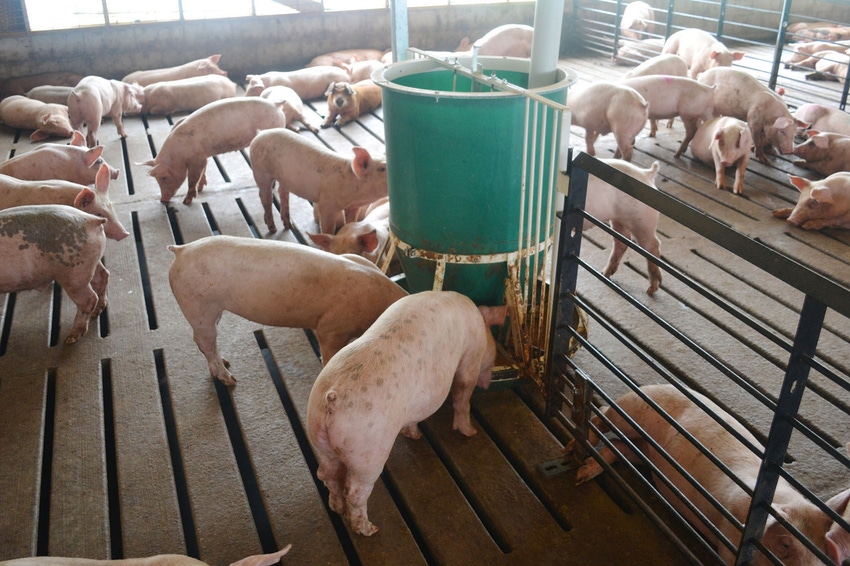Do you collect good wean-to-finish production performance information? Do you know your breakeven?
March 26, 2020

About 70% of the cost associated with raising a market weight pig occurs in the wean-to-finish growth. Many of the producers have an idea where they stand in their current business model, but we encourage you to take a hard look at your operation to see ways to improve and how you can stay competitive moving forward.
Start with your own operation, where do you stand?
Are you the producer who made $10 per pig or more last year or the one who lost $15 per pig or more? A spread of $25 or more from top to bottom in a set of producers in a given year is not uncommon. The point is, do you know where your needle is pointing within this $25 spread? Making some money in a blah year and a lot of money in a good year is much more sustainable than losing money in a bad year and making only a little in a good year. Where is the needle pointing for your operation?
Managing multiple crucial areas
I know this is stating the obvious, but producers that perform well in multiple areas that are crucial in raising a market weight pig are generally more profitable than producers that struggle to manage these areas.
There are multiple crucial areas to maximize your profit. A couple that come to mind right away would be production flow, all in or all out, your nutrition and feed costs per number of gains, ventilation, appropriate timing on intervention strategies, and reducing sort loss. Some other ways to pinpoint where you stand on your own operation and with other producers is to choose the financial professionals such as risk management/packer contracts and having a financial analysis completed. Once this all is reviewed, you will know where you stand. Did you breakeven? Are you ahead?
Genetics can make a difference as well
If you look at a given set of producers with the exact same genetics on the female and male side and have very similar health of the piglets upon entry, it is not uncommon to find staggering variation in production performance parameters with essentially the exact same wean pig coming in.
Some common variations for just a few of the major production areas: average daily gain, a 0.3 difference from top to bottom is not uncommon; for feed efficiency, a 0.3 difference; and for mortality, a 6% mortality number top to bottom is not uncommon.
Let the numbers talk
If we put financial numbers to these production parameters, we can see what we may be leaving on the table. A very general rule of thumb I like to use is: $1.60/pig for every 0.1 ADG; $2.75/pig for every 0.1 of FE; and $1.10 per pig for every 1.0% mortality. These numbers can vary year to year with feed cost and market price variances but are good "in the ballpark" numbers to use. Using these standards above, we can see that: for ADG it is worth $4.80 per pig from top to bottom producers, for feed efficiency it is an $8.25 per pig spread. For mortality, there is a $6.60 per pig spread. We can debate to some measure these production numbers like one producer using fat and another not, but the point is there is a lot of variation from the top to the bottom in just these three production parameters and you need to know where your operation is and if you are leaving money on the table somewhere.
There are many other factors to review your operation to make sure you are maximizing your profit; don’t forgot to look at your cull percentage and market price variances as well.
In summary, do you collect good wean-to-finish production performance information? Do you know your breakeven? Do you compare your production performance and financial information against others in the industry to know where you stand and better analyze your weak areas and make a strategy for improvement? Do you seek out analysis of your operation from industry consultants for another set of eyes? If you answered yes to these questions, my guess would be that you are setting yourself up to be financially successful in tomorrow's competitive swine industry. If you have any questions, please reach out to a Pipestone Veterinary Services veterinarian.
Source: Steven Feuerbach, Pipestone Veterinary Services, who is solely responsible for the information provided, and wholly owns the information. Informa Business Media and all its subsidiaries are not responsible for any of the content contained in this information asset.
You May Also Like



